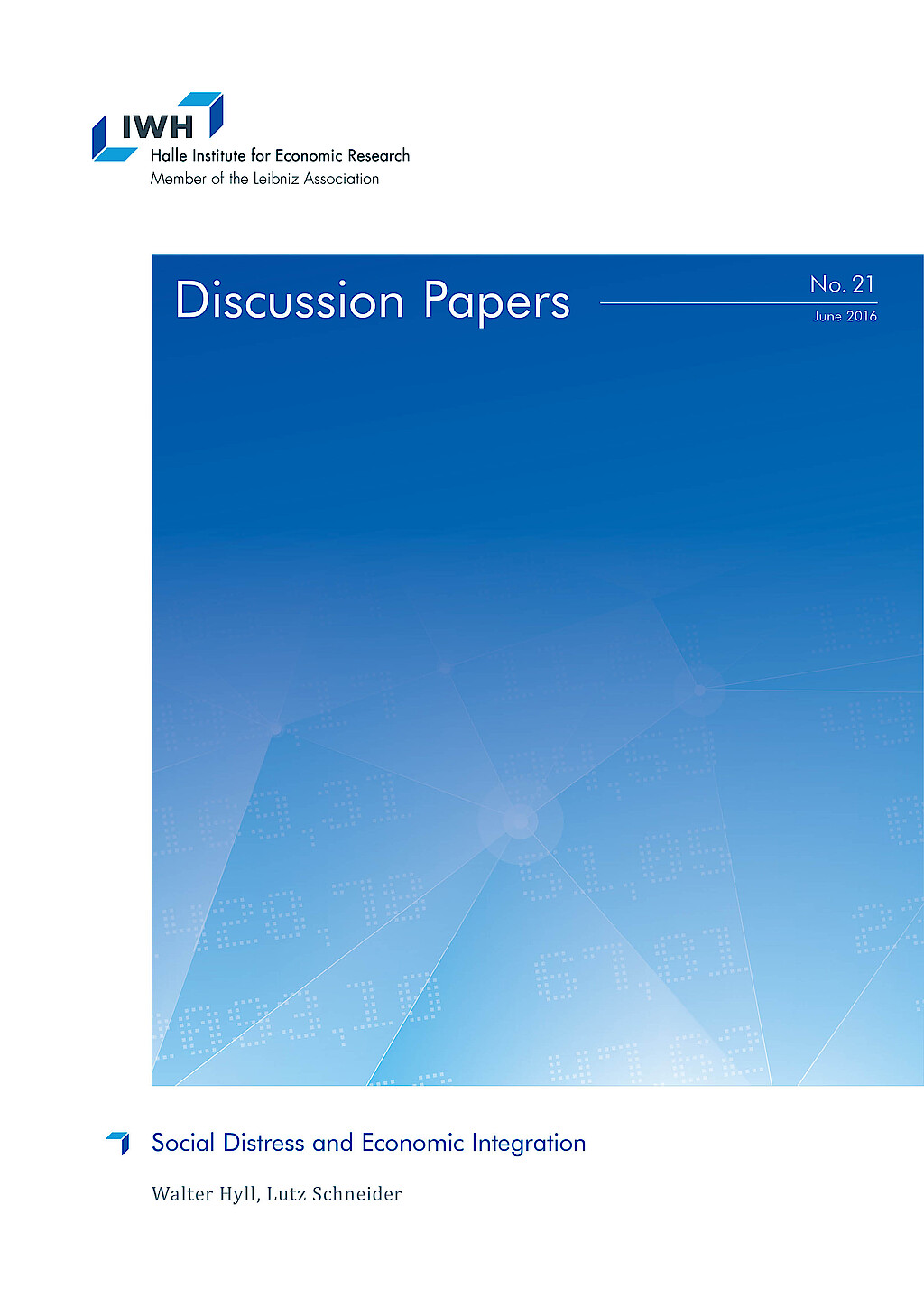
Does Qualification Drive Innovation? A Microeconometric Analysis Using Linked-employer-employee Data
Degree-level science and engineering skills as well as management and leadership skills are often referred to as a source of innovative activities within companies. Broken down by sectoral innovation patterns, this article examines the role of formal education and actual occupation for product innovation performance in manufacturing firms within a probit model. It uses unique micro data for Germany (LIAB) that contain detailed information about innovative activities and the qualification of employees. We find significant differences of the human capital endowment between sectors differentiated according to the Pavitt classification. Sectors with a high share of highly skilled employees engage in product innovation above average (specialized suppliers and science based industries). According to our hitherto estimation results, within these sectors the share of highly skilled employees does not, however, substantially increase the probability to be an innovative firm.




